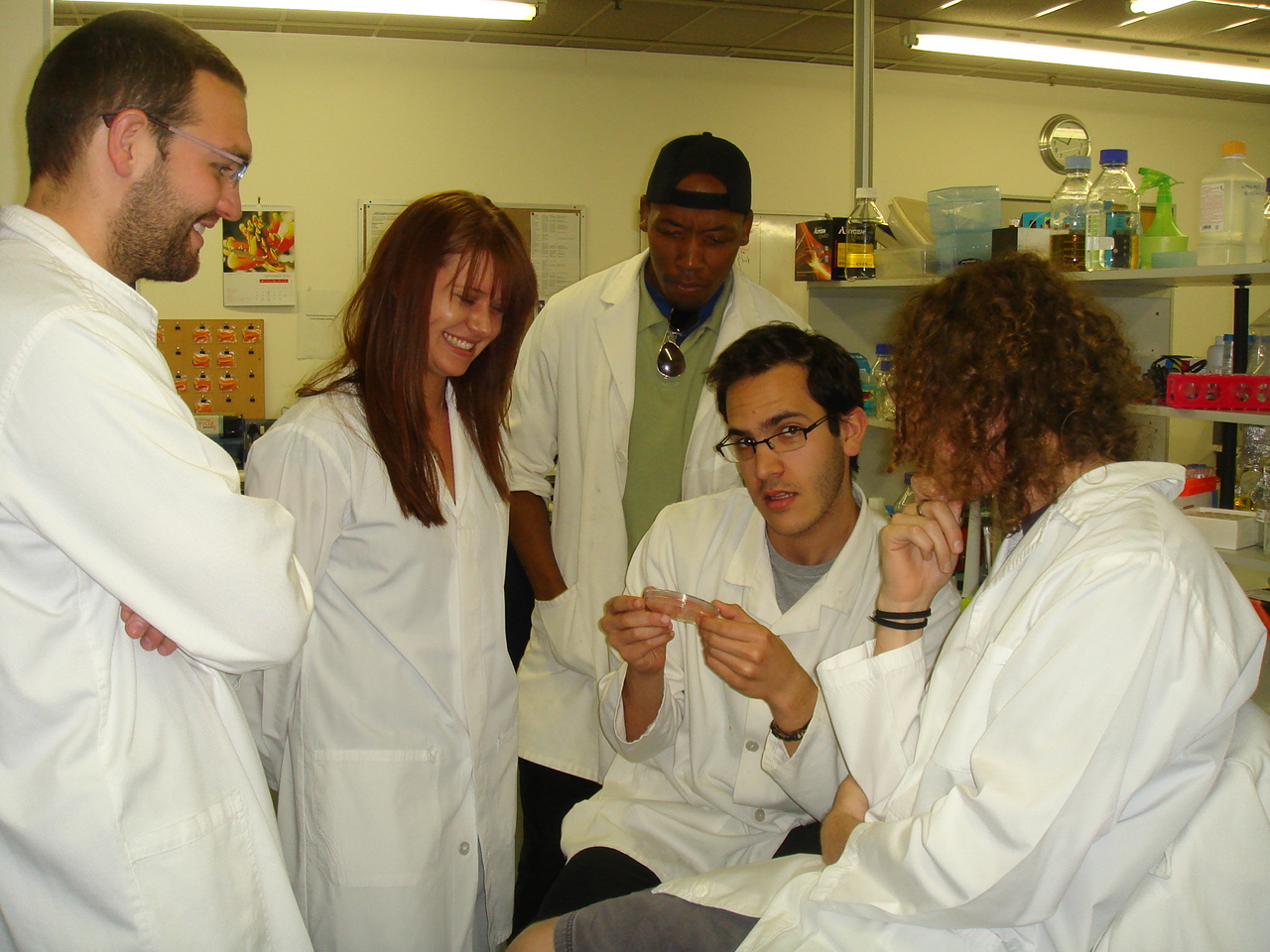Team:WITS-South Africa
From 2010.igem.org

Our Project - Lactoguard
So what is "Lactoguard?"
It is a whole-cell biosensor for the immediate, in vivo detection of Human Papillomavirus (HPV), and thus cervical cancer, in the form of an engineered commensal vaginal bacterium. It is a safe, low-cost and easy-to-administer machine intended primarily for women in resource-poor settings.
The link between HPV and cervical cancer is well-established; and while there are vaccines available against HPV, they are limited (due issues around cost and accessibility) in their ability to prevent disease burden in developing countries, where 80% of cervical cancer deaths occur annually.
This inspired the search for a method of detecting the virus that will alert an infected individual that they have been exposed. The machine also has the potential to be further adapted to neutralise the virus and prevent the infection from spreading.
The chassis of our machine, Lactobacillus gasseri, is a predominant commensal vaginal microbe and is ideally situated to detect and deter HPV. Interbacterial communication is achieved by quorum sensing, which has been studied in detail in various organisms such as gram positive bacilli and thus we have elected to use one of these pathways as the means of propagating the response signal throughout the population. Each bacterium will produce a visible reporter on receipt of the signal which the infected woman would be able to detect without medical assistance shortly after infection.
Meet the team
Our team consists of students from various disciplines such as molecular biology, mathematics, engineering and philosophy. Whilst the biologists will focus on building the machine in the wetlab, the mathematicians and engineers will model its predicted behaviour and effect in vivo whilst the philosopher will focus on the ethics of creating such a machine for medical application.
Where are you viewing from?
The map below indicates where the people who view our wiki are from. This is a cool way to see how far our message is spreading!
 "
"

